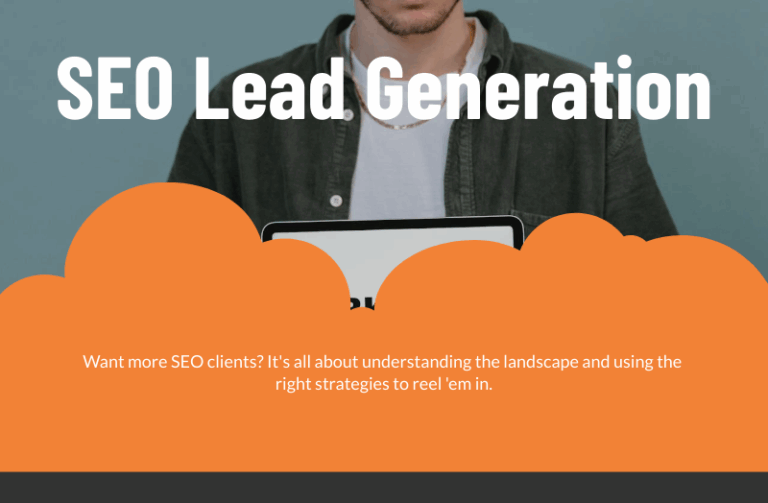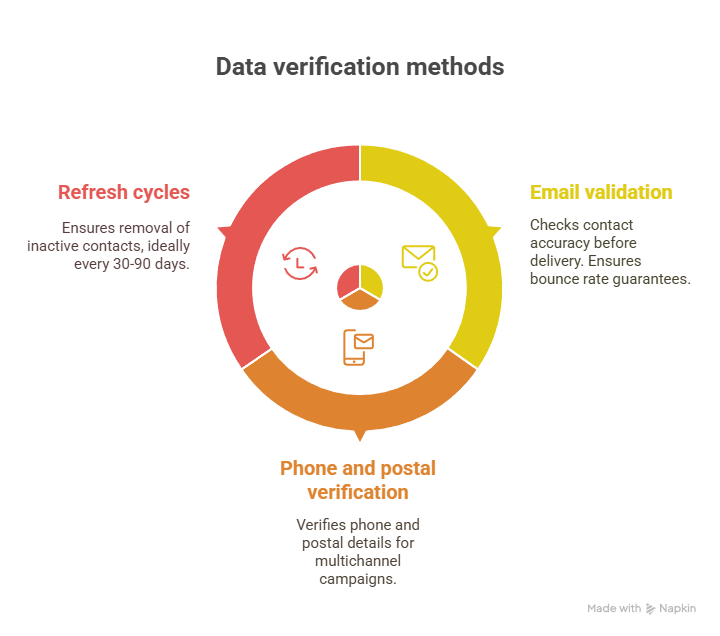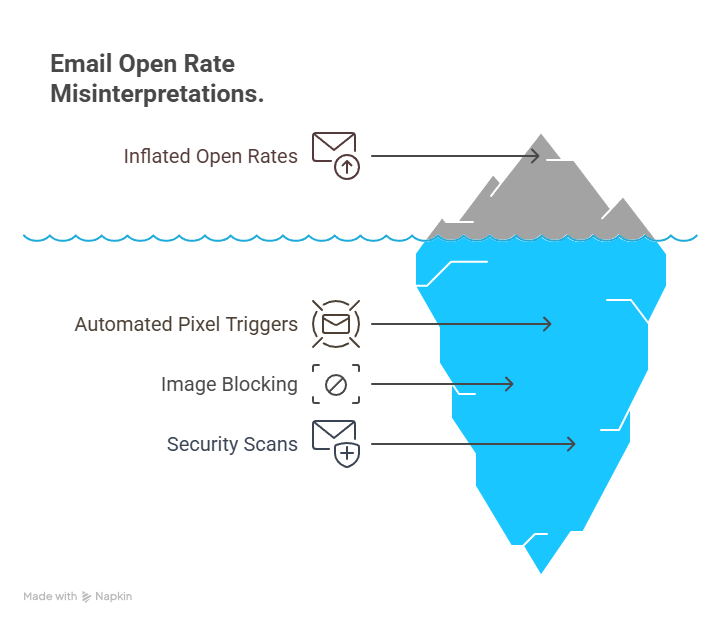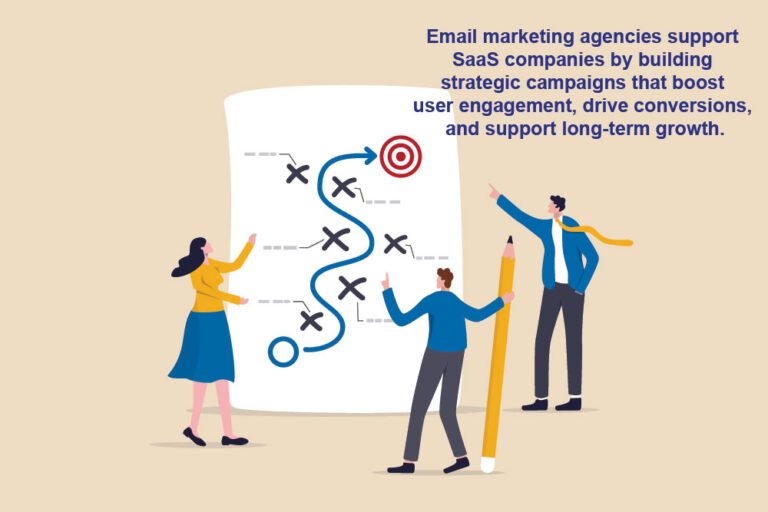
It’s no secret that conventional marketing has been transformed by technology. From email to social media to marketing automation, the field has steadily become as much of a science as an art. Despite the focus on marketing tech, one element has remained firmly in the hands of creative: content. Content creation is something machines can’t yet do – but that doesn’t mean technology hasn’t made its impact felt on content too. Big data analytics informs content marketing strategies in some surprising ways.
What Defines Great Content?
For both clients and companies, business content may seem a little like fine art – they may not be able to define it precisely, but they know what they like when they see it. It has an interesting voice, compelling information, and creates some kind of positive change in the people who read or view it. Ideally, people walk away from your content knowing a little (or a lot) more than they did when they first encountered it, and that holds true across all industries. If you had a way to measure that knowledge gain and quantify what your audience thinks of your content, you’d know how to produce more of what they like.
Data-driven analytics, in the form of marketing automation, help you track what plays well and what draws less attention. Traffic is only one indicator of interest; you also need to know where that traffic comes from, how long it stays, and what happens to it once people interact with your content. For example, if you offer a white paper on a salient topic in your industry, your marketing automation system can draw correlations between downloads and sales. It’s that kind of contextualized, big-picture view that makes big data a useful tool when sorting your good content from your great content.
Who’s Reading Your Content?
Marketing automation software also excels at inferring connections between other large sets of data. Customer records, for instance, become a rich source of data for developing predictive analyses of which audiences are most receptive to different topics, media, and delivery of your content. You need to know which segments of your audience prefer video demonstrations that illustrate concepts visually and which want text articles they can scan at their own pace. Once you know who’s seeing your content and how they prefer to get it, you can speak to those leads in the ways they prefer to hear.
When you know who’s reading, you also learn who’s sharing and how influential those sharers are. Every industry has its influencers, the trailblazers whose opinions of a product or service convince others to engage with a brand or choose a competitor. With big data analysis, you’re able to see who’s highly engaged, cross-reference that section of your audience with the people who share content most frequently, and arrive at a list of elite influencers customized to your company.
Using Data as Content
Sometimes the data itself drives the content. People like reading about what their peers are doing, and companies that use marketing automation software gather extensive knowledge about their respective industries. You’re then able to demonstrate in an infographic or video how your customers who have upgraded to your newest product line have benefited or present a compelling article about trends in content topics you’ve noticed. Use that information as the basis of case studies or other in-depth content, and you’ve turned the acquisition of knowledge itself into new insights for your customers.
The art of content and the science of big data are becoming more and more intertwined. Companies that harness the power of this fusion are poised to make the most of both.
© Reach Marketing LLC 2016 All Rights Reserved.



